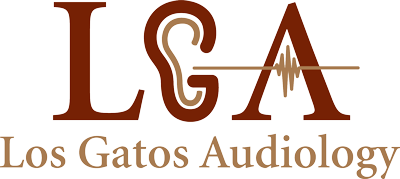Hearing loss can affect students in a variety of ways. According to the National Institute on Deafness and Other Communication Disorders, 15% of school-age children and teens (ages 6-19) have some degree of hearing loss. Impaired hearing reduces a person’s capacity to hear and process speech as well as sound. This produces a wide range of symptoms that can profoundly impact learning. There are numerous ways you can assist students with hearing challenges, supporting their success in the classroom and beyond.
- Reduce background noise. Background noise can make it even more challenging to hear for a student with hearing challenges. Reduce unwanted noise as much as possible so that students are more able to concentrate and hear. You can do this by closing windows to reduce environmental noise exposure, using less noisy pencil sharpeners, stopping excessive chatter by other students in the classroom, ensuring that electronic devices are muted, etc.
- Be thoughtful about seating. Seating may be a lot more important than you realize for students with hearing challenges. Make seating arrangements so that they are sitting closer to the front and in the center which gives them greater access to the instructor and any visual aids that may be used. Additionally, you can think about arranging chairs in a circle or U shape which would allow all students to see one other, making it easier for students with hearing challenges to hear and interact. Be sure to avoid having the student sit next to windows, doors, and other areas that are noisier within the space. This includes sitting near or under fans, ventilation units, or speakers.
- Face students when speaking. Facing the student and maintaining clear visibility while speaking is important and useful for several reasons. This allows them to access nonverbal cues – facial expressions, hand gestures, and other movements – that provide context to what you are saying. Nonverbal cues are another form of communication that is especially useful for people with hearing challenges. Additionally, maintaining clear visibility allows the student to see your lips and this makes lip reading possible. Lip reading is a strategy people with hearing challenges often use to help distinguish words and follow along.
- Use an FM system. An FM system is a type of hearing technology known as an assistive listening device. Assistive listening devices help amplify sound which makes it easier to hear. An FM system involves wearing and speaking into a microphone while the student wears a receiver. The microphone absorbs sound and sends these signals to the receiver which amplifies these soundwaves, enhancing sound quality.
- Utilize visual aids. Using visual aids is a great way to expand accessibility and also meet the needs of visual learners. Using slides, digital media, graphics, etc. provides more opportunities for learning comprehension and also makes lessons more dynamic and engaging.
- Maximize technology. There are various technologies that you can use to increase accessibility. This includes closed captioning services and real-time captioning services. This would provide real-time transcription of audio into text, allowing students with hearing challenges to read what is being audibly communicated. Also, there is voice recognition software on computers that also transcribe speech into text.
- Regular check-in. It is important to establish open communication with your student(s) with hearing challenges. Be sure to invite them to share their hearing needs, specific communication strategies that maximize their hearing, and provide feedback about what is working and what isn’t working. Ask about what their hearing and learning needs are and routinely check in to assess if their needs are being met. Having ongoing conversations is a great way to offer support.
- Learn more. In addition to these tips, we encourage you to learn more about ways you can support students with hearing challenges. You can do this by accessing campus services that specialize in meeting the needs of students with learning needs, speaking to your students’ audiologist, and seeking out educational resources that can increase accessibility.
These strategies offer useful support in several ways: increase accessibility, enhance sound quality, and strengthen communication. This can transform engagement and learning which is critical for success and also wellbeing. Contact us to learn more about hearing loss.


